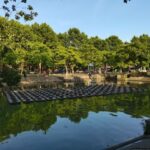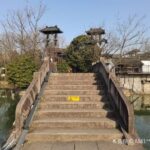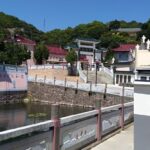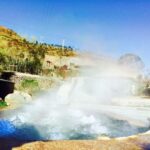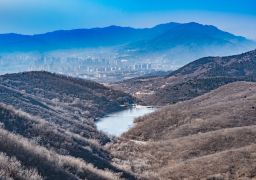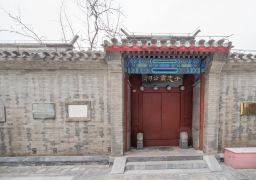On an isolated hill, situated 0.8 kilometers southeast of Ninghai’s Shui Che, stands a hill known as Jingshan. Atop this hill, there is a temple called the Jingshan Temple.
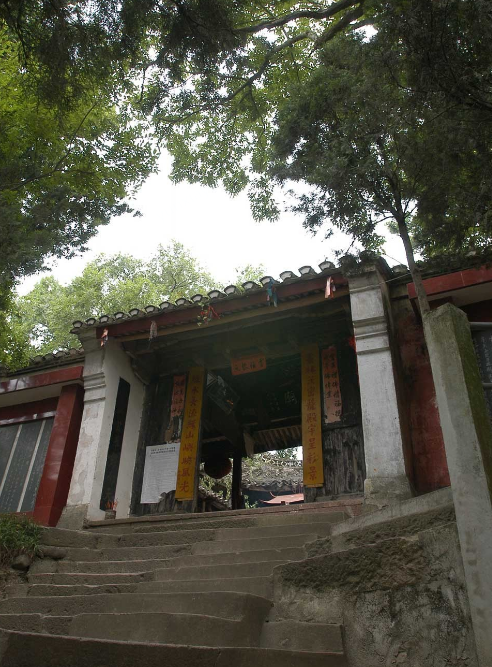
The Jingshan Temple was originally constructed by the Ge family of Ninghai’s spring water during the Yuan Dynasty’s Zhihe Wuchen year, which corresponds to the year 1328. Unfortunately, the temple was destroyed in the Qing Dynasty’s Shunzhi Xin Chou year (1661) when the government issued the Relocation to the Sea Order to cut off Zheng Chenggong’s supplies.
In the Kangxi Gengwu year (1670), villagers returned to their hometown, and the Ge family, along with the Chen, Pan, and Xie surnames, took the initiative to rebuild the temple.
The current layout of the Jingshan Temple reflects the architectural style of the early Qing Dynasty, with a few components dating back to the Yuan and Ming dynasties.
The temple, which faces north to south, features a single eave and a hip roof, and spans an area of 180 square meters. It is known for its exquisite and compact design, particularly the main hall, which is a blend of stone and wood construction. The main hall boasts a rough and bold ceiling, creating a Bagua overlapping steps style.
The architectural style of Jingshan Temple’s main hall is unique within Ninghai County, offering a special example for the study of ancestral temple architecture in the region.
Surrounding the temple, Jingshan is a hill that is surrounded by water on three sides and is home to ancient trees and famous woods such as the Arhat pine and Elaeagnus, which remain verdant throughout the year. This makes it a major tourist attraction in the southeast of our county.
